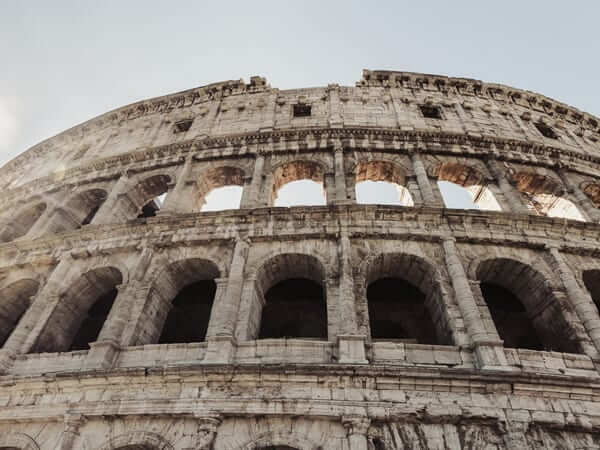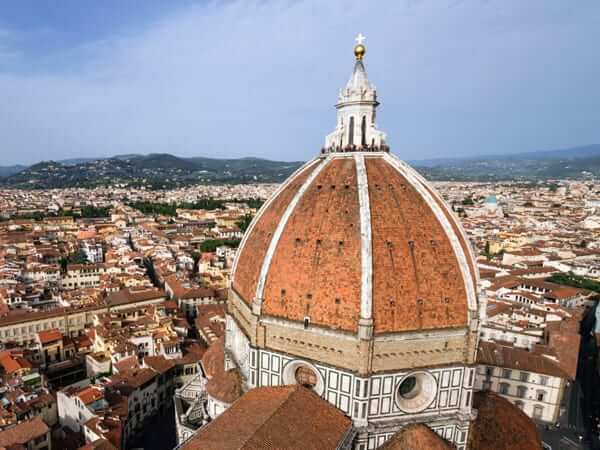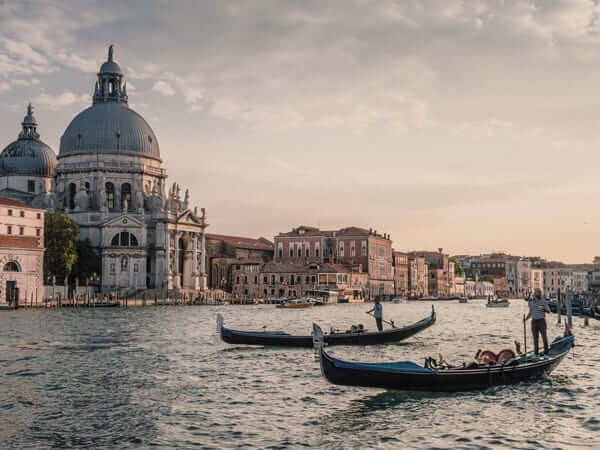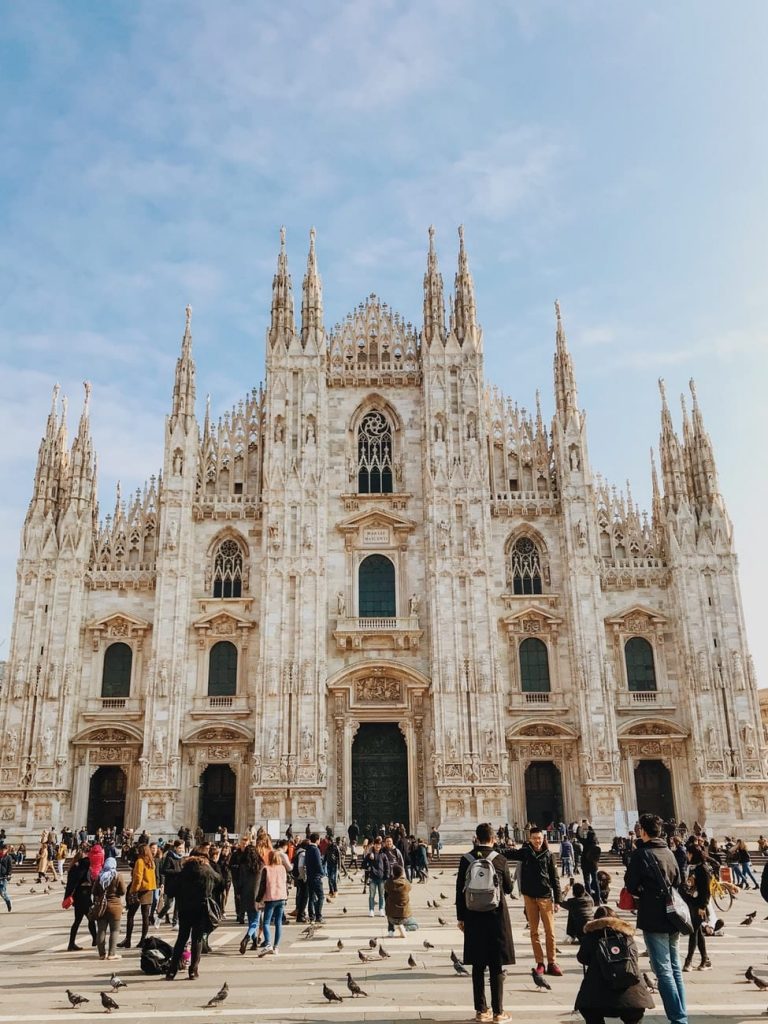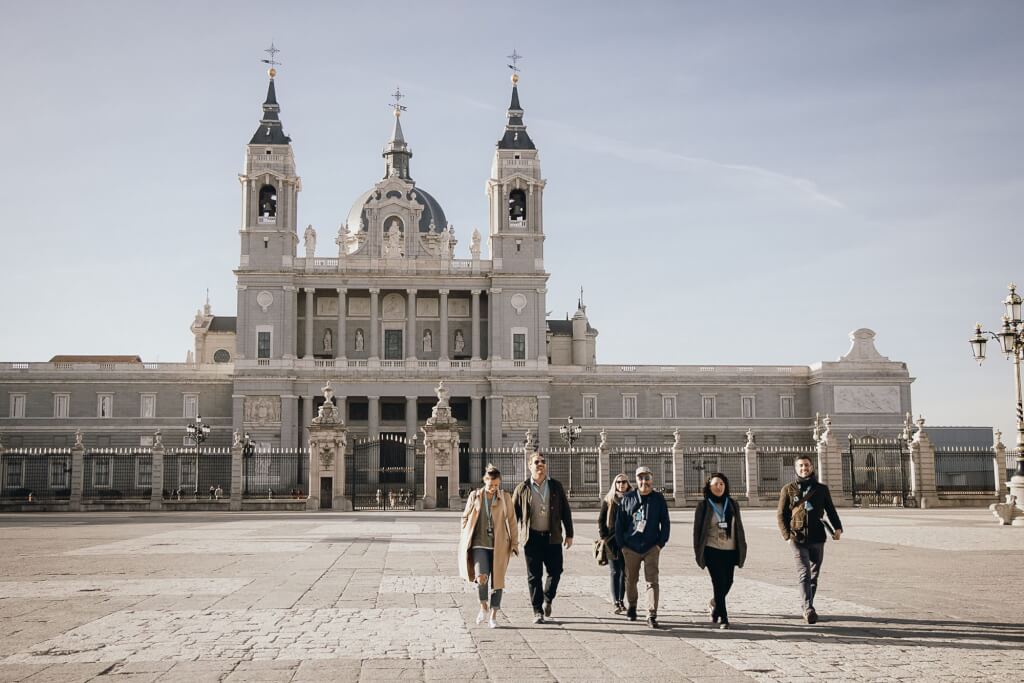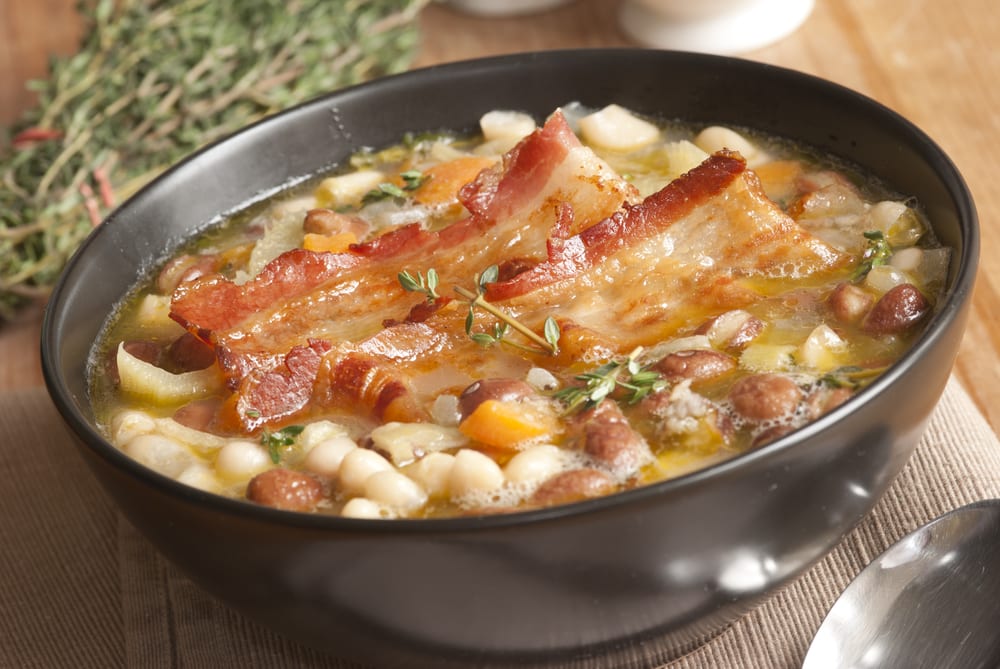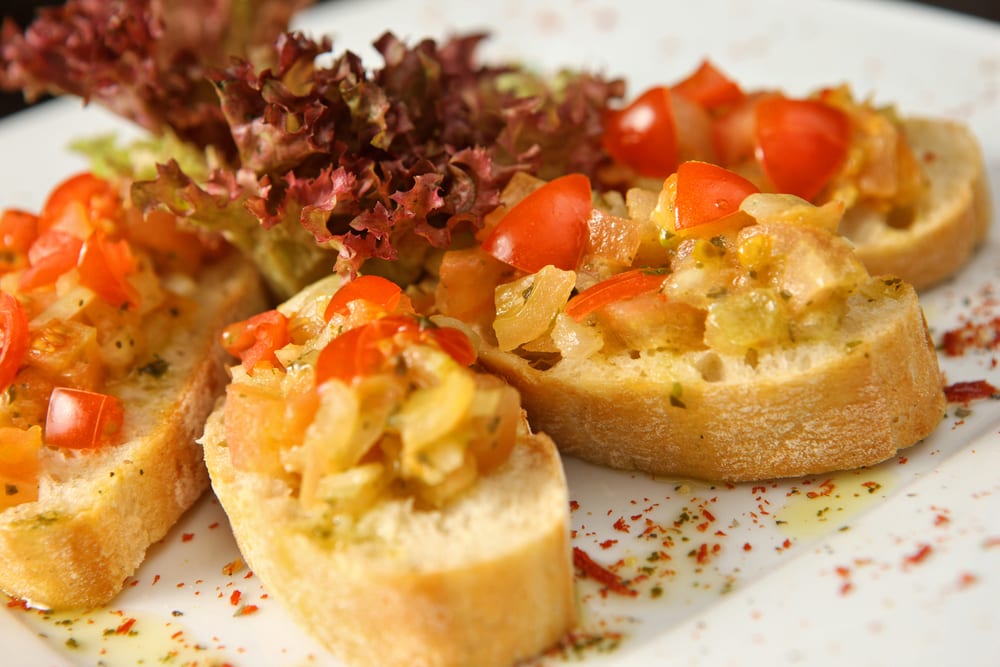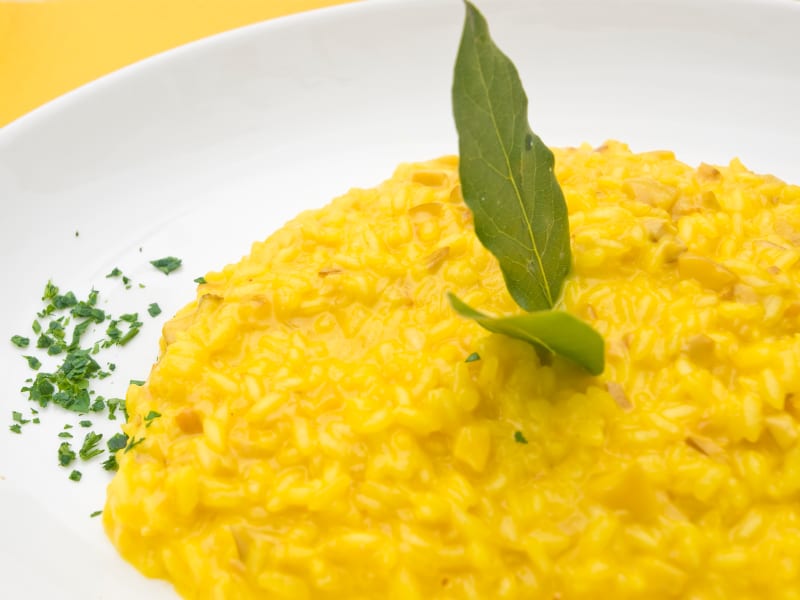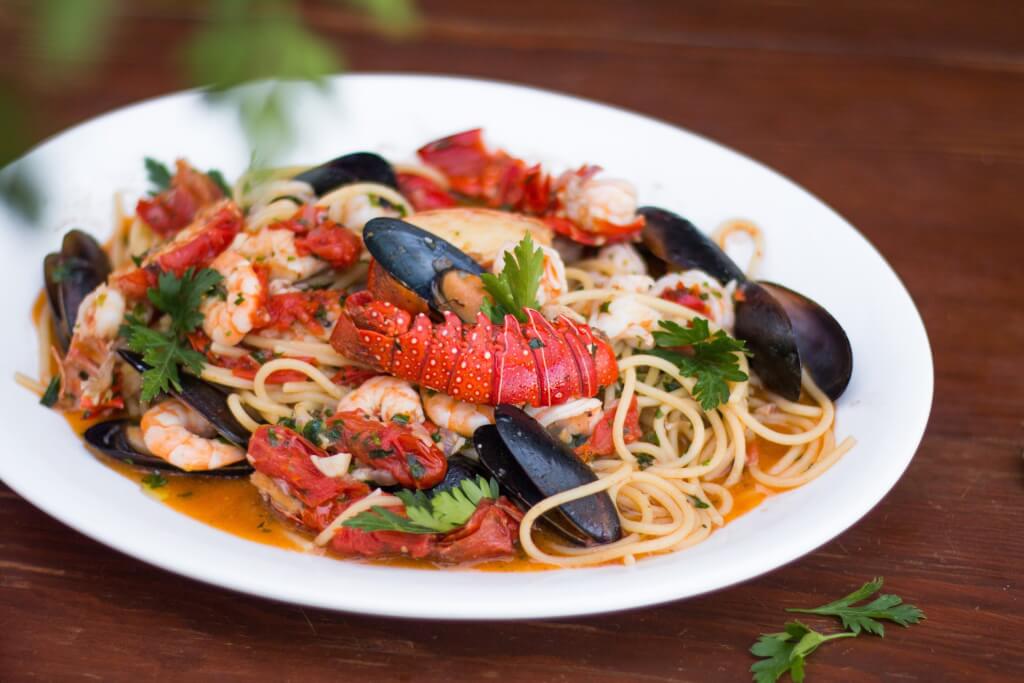
Italy with Dietary Restrictions: 5 tips for eating Vegetarian, Vegan, Gluten-Free and Lactose-Free
October 22, 2025
Those who have food intolerances or allergies, or are vegetarian or vegan might be wondering if it’s possible to navigate Italy with dietary restrictions? Given the amount of bread, cheese and meat that it usually on the table, this is a genuine concern. But don´t worry, it can be done!
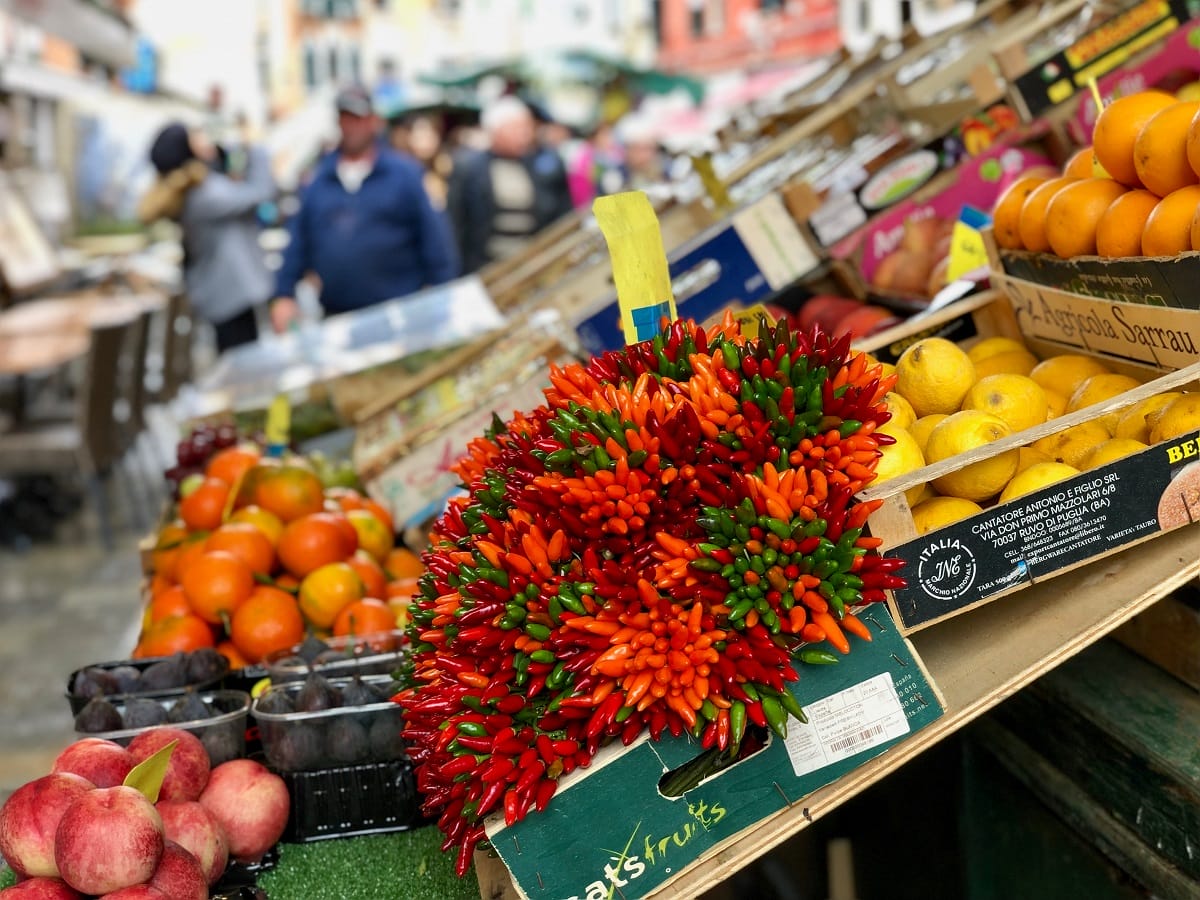
There is always an array of vegetable in stunning colours, shapes and sizes at the local food markets.
It is true than the concept of excluding meat or dairy as a lifestyle choice is, quite literally, foreign to Italians, especially the older generations. This not only means you might get a funny look if you try to explain you’re a vegetarian, but also that you might wind up with guanciale (pork jowl) in your pasta anyway. Meanwhile, most will be more understanding towards the digestive-based food choices, such as being lactose-intolerant, or a celiac who needs to eat gluten-free.
Read on for our top five tips for eating in Italy with dietary requirements.
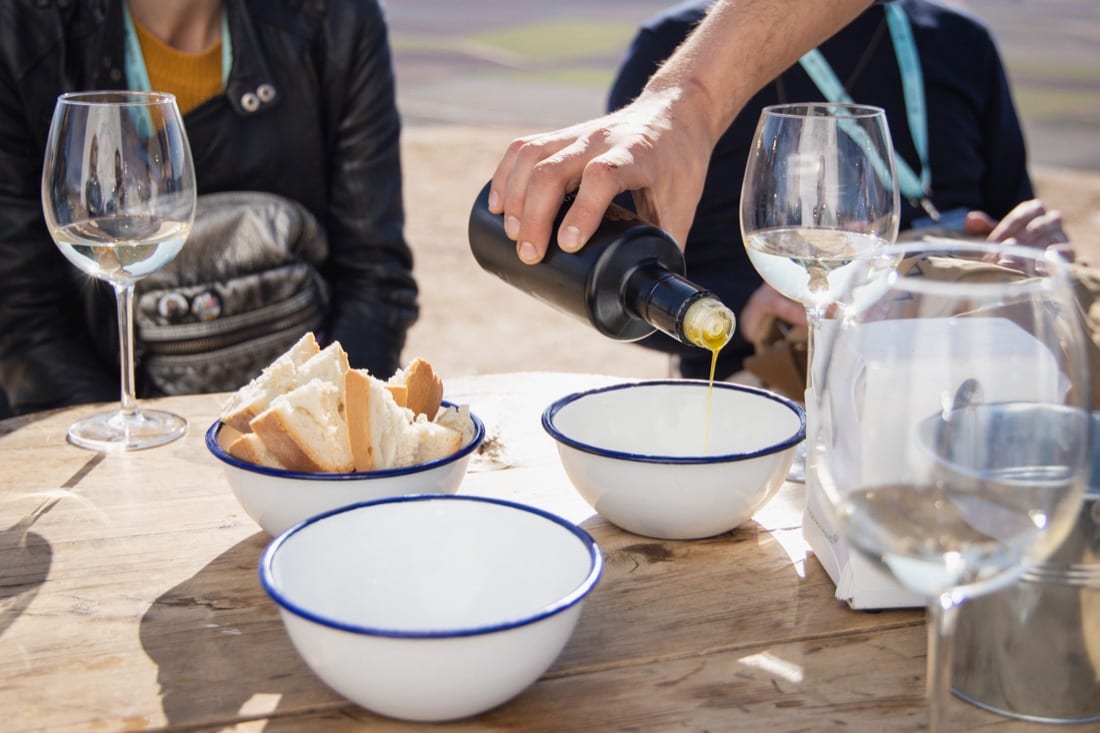
Olive oil is the standard ingredient for Italian cooking!
Table of Contents
ToggleA note about common Italian ingredients
On the plus side…
In restaurants in other countries, it’s common to see dishes drenched in butter or cream sauces – not ideal if you’re vegan or lactose-intolerant. But in Italy, the base for pretty much everything is olive oil. Many Italians don’t even have butter in their kitchen. Also heavy cream sauces, of the kind you have to be careful of in, say, France, are very rare. Even carbonara, usually made with cream outside of Italy, doesn’t have cream when it’s made by Italians (although vegans will be sad to know that eggs are involved instead!)
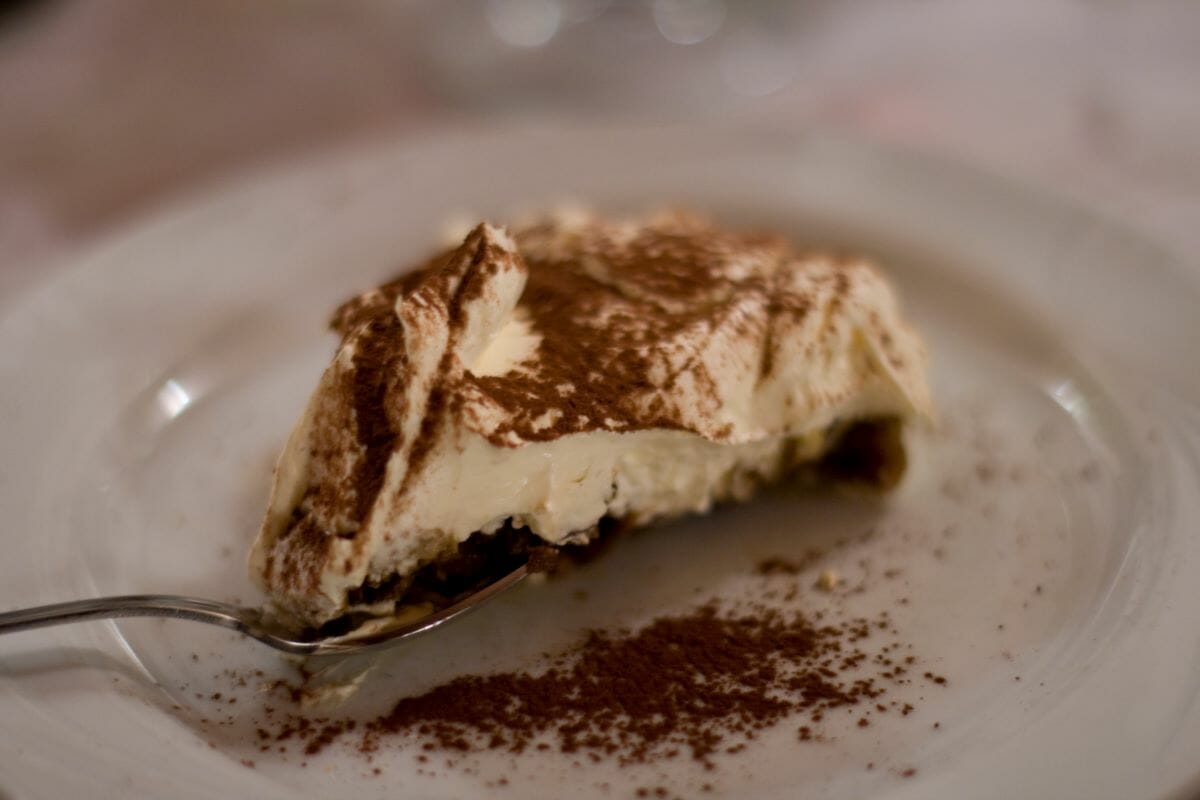
Of course, you do have to look out for cream in Italy’s most famous dessert – tiramisu!
On the flip side…
On the other hand, guanciale (pork jowl) is often used in tomato sauces for various pastas (although, if the menu describes each kind of pasta, guanciale should be listed), and pancetta often winds up in soups. Fritti also tend to have meat or fish inside, including even fiori di zucca and suppli. Cream is also a popular base for desserts, like tiramisu or millefoglie, so always ask for a description of a dish if you don´t know what it is. Just to be sure.
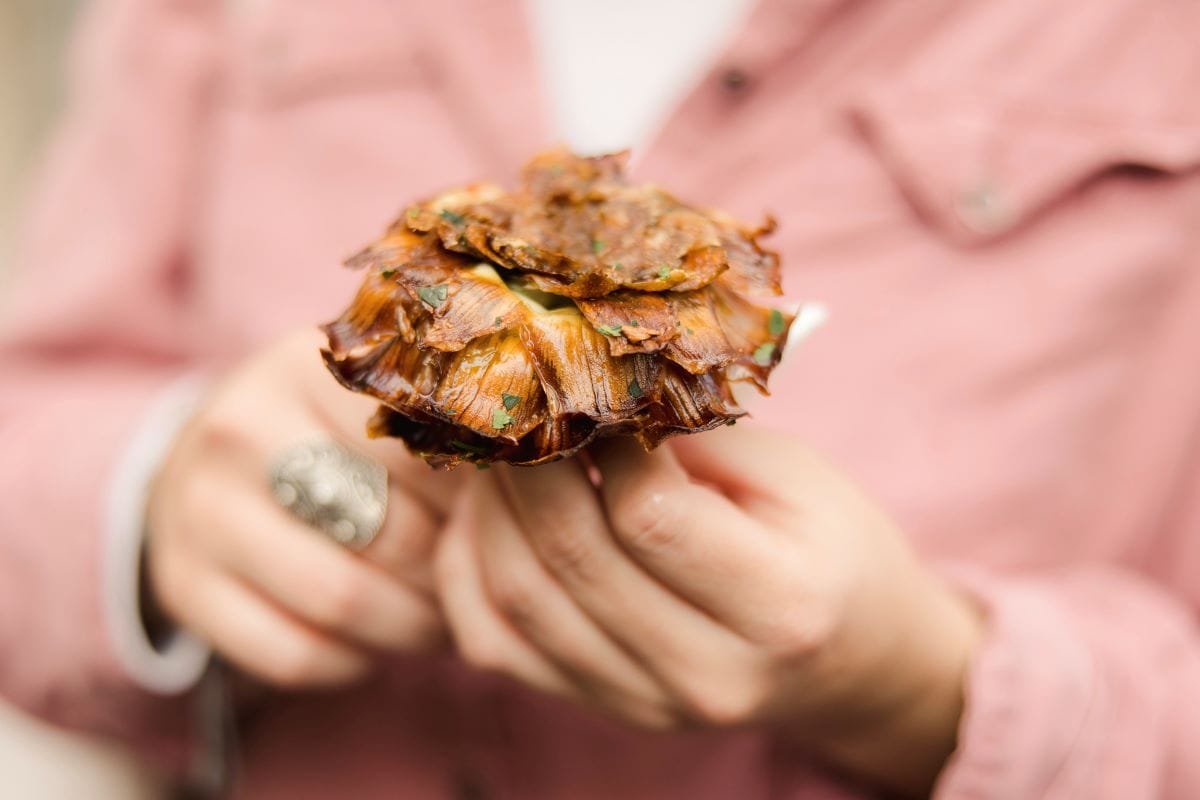
The mouth-watering carciofi alla giudìa (roasted artichoke) is a popular choice for locals and tourists
Five Tips for traveling in Italy with dietary restrictions
Tip 1 – Research restaurants in advance
It’s possible to find vegan or vegetarian options at normal restaurants, but sometimes, you want some more options. If that’s the case, check out Happy Cow’s list of vegetarian/vegan restaurants in Italy.
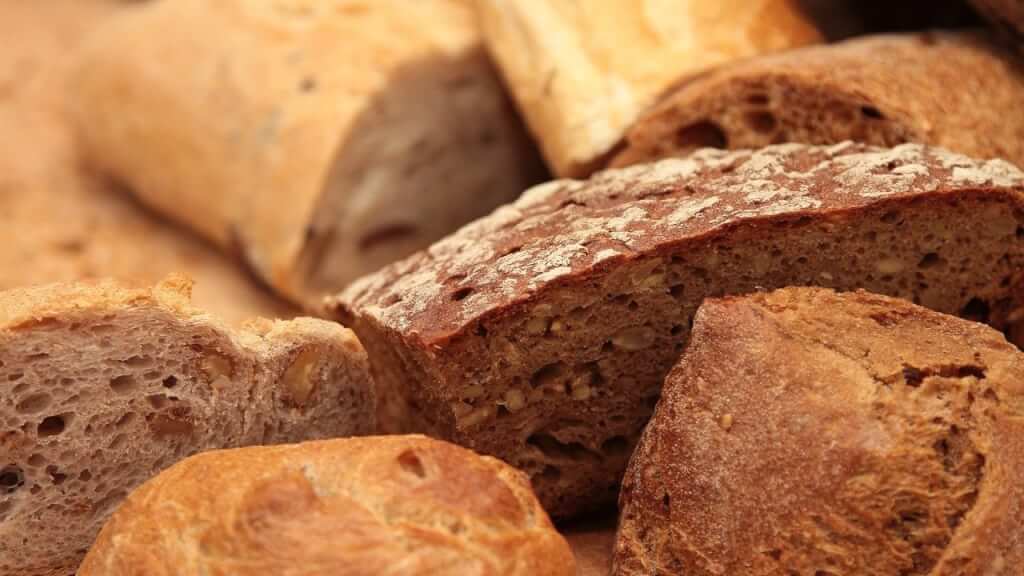
If you’re allergic to gluten, bread isn’t the only food you’ll have to avoid in Italy.
Meanwhile, being celiac can be one of the tougher restrictions in Italy. Wheat is, after all, in all the main staples of Italian food, from bread to pasta to pizza. So, if you’re celiac, check the Italian Celiac Association’s website.
While it’s in Italian, it’s fairly simple to navigate. Click on the category you want on the left (i.e., “Ristoranti/pizzerie/alberghi/hotel”), then scroll down. Put the correct region in on the left and the province, if you know it, on the right. (Rome would be Lazio and RM; Florence, Toscana and FI; Venice, Veneto and VE). Restaurants that come up are those that offer gluten-free options and are familiar with celiac disease.
Tip 2 – Read up on famous dishes you can eat
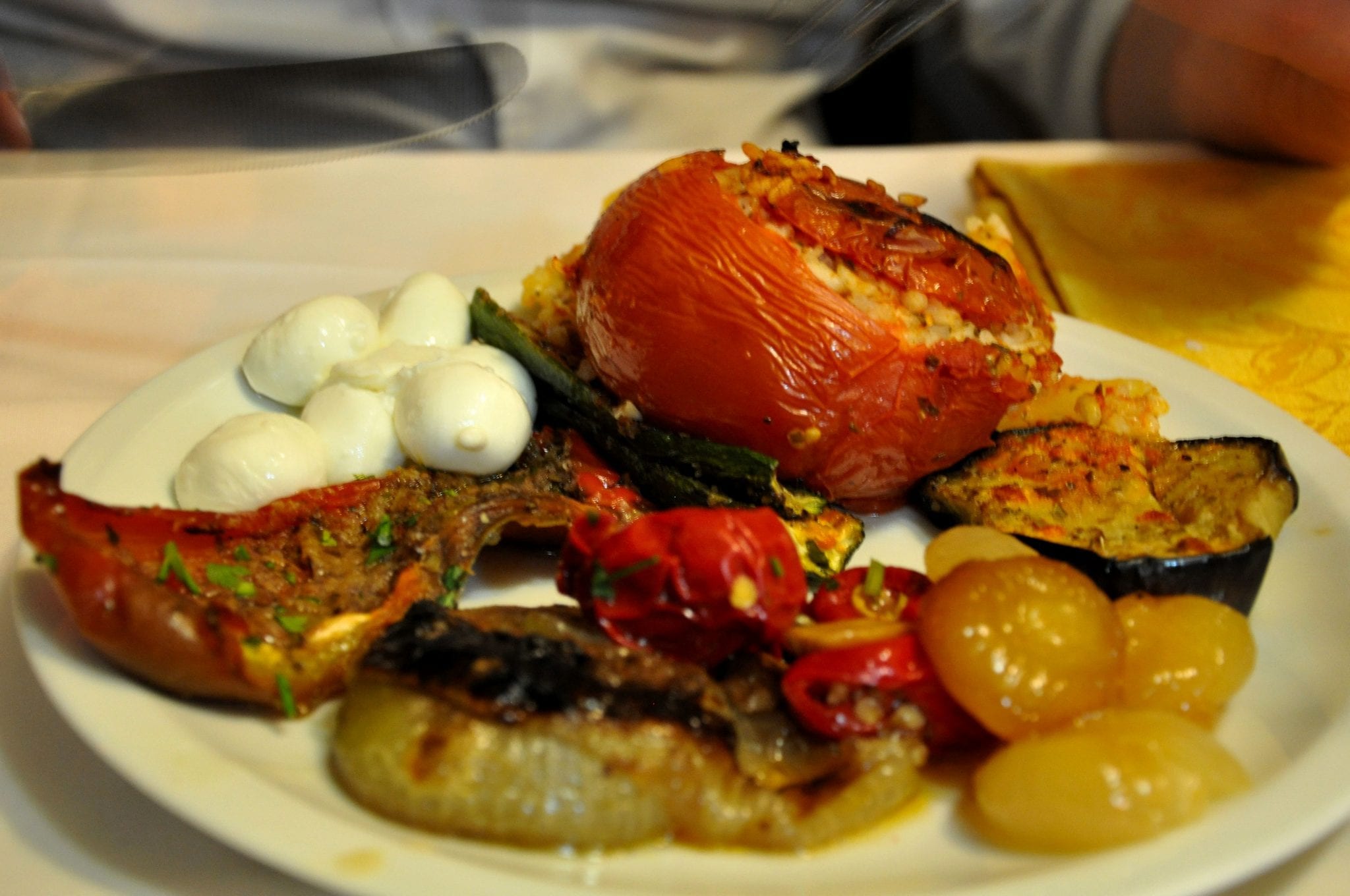
Grilled veggies are usually an antipasto or contorno option — and are always a good call, even if you’re not vegan or vegetarian!
For those holidaying in Italy with dietary restrictions to consider, the good news is that Italian cities and regions tend to be known for particular dishes. And those dishes appear again and again on local menus.
In Rome, for example, you’ll see a lot of amatriciana, cacio e pepe, and carbonara (in fact, it’s hard to find a Roman restaurant that doesn’t offer these three dishes). And, while in other countries, each restaurant would probably make the dish almost completely differently, in Italy there is a general consensus of how to make traditional dishes. Here, people like to know exactly what they’re getting when they order a certain dish (and usually they want it to taste exactly like Grandma’s!).
So, the key tip is to familiarize yourself with local specialties that you can eat ahead of time. You can find more information on some safe bets for different diets further down this article…
Tip 3 – Be specific about what you don’t or can´t eat
Saying you’re a vegan, vegetarian or pescatarian is confusing even in the States, where one might eat fish, or dairy but not eggs, and another wont want anything that ever touched an animal at all. It’s even more confusing in Italy, where it’s rarer. So go easy on the poor waiter.
Be specific. After you’ve picked out a couple of things that might be okay, you can ask to check:
- “È senza glutine?” (Is it gluten-free?)
- “È senza carne?” (It’s without meat?)
- “È senza formaggio?” (It’s without cheese?)
- “È senza noci?” (It’s without nuts?).
Tip 4 – Explain in terms of digestion
This makes it easier, as you are describing something that may make you feel ill if you eat it, not just something that is a lifestyle or ethical choice, that some may not understand. Italians do understand digestion (as the number of yogurts, drinks, and other foods marketed as being “good for digestion” attests!). So consider saying “Non posso digerire …” (I can’t digest …) instead of “I’m a vegetarian”!
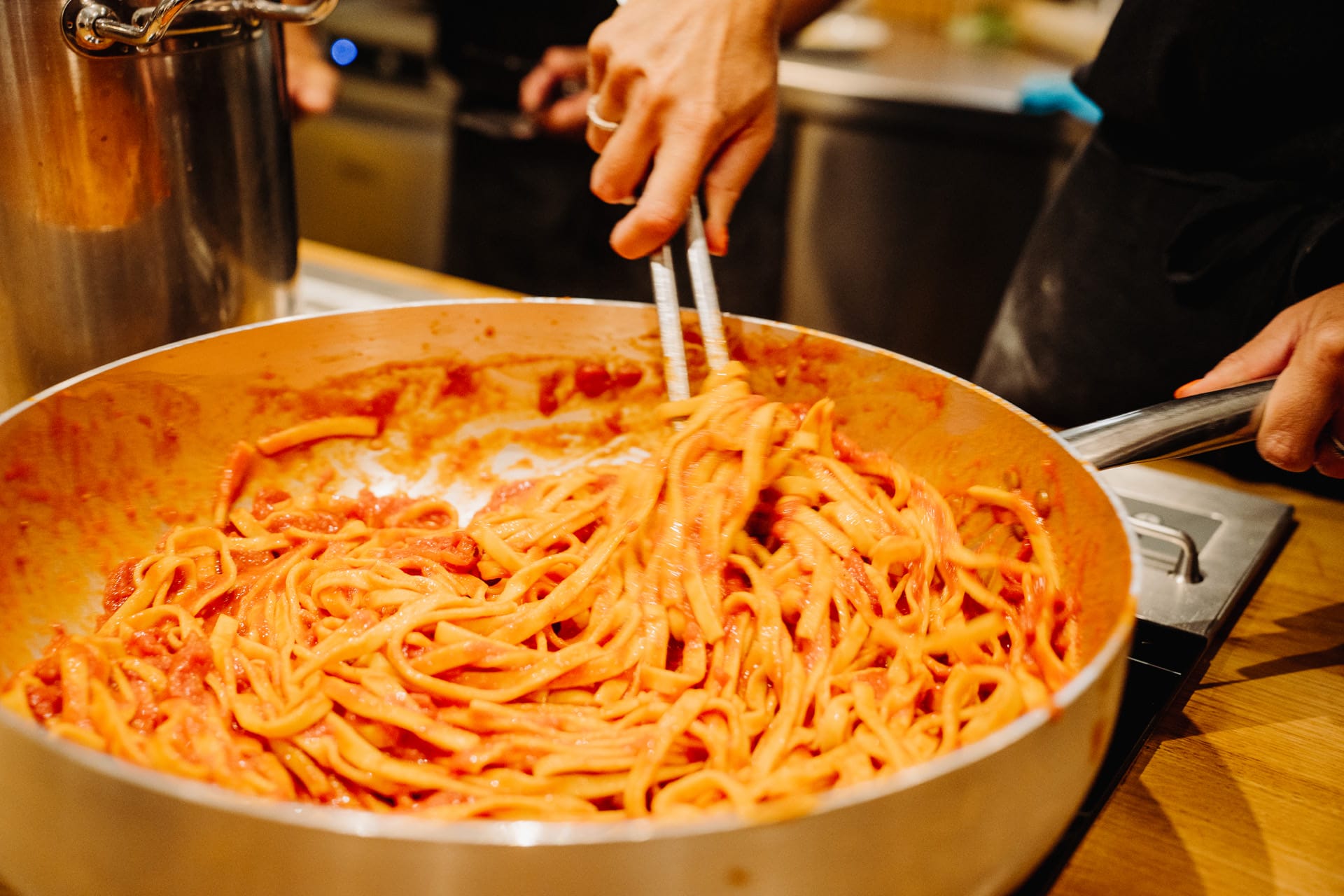
Pasta in tomato sauce is a good bet, just make sure it doesn´t come with guanciale – pork jowl – as a seasoning!
Tip 5 – Investigate your intolerances
If you are lactose-intolerant, you will be able to avoid dairy products, but you might find that you can actually eat dairy items in Italy that you can’t back home. This is for a few reasons which make logical sense, and are worth investigating.
For one, some people find that its not that they are intolerant of lactose – they just can’t handle the preservatives and additives that are added to dairy products in the States, but not in Italy.
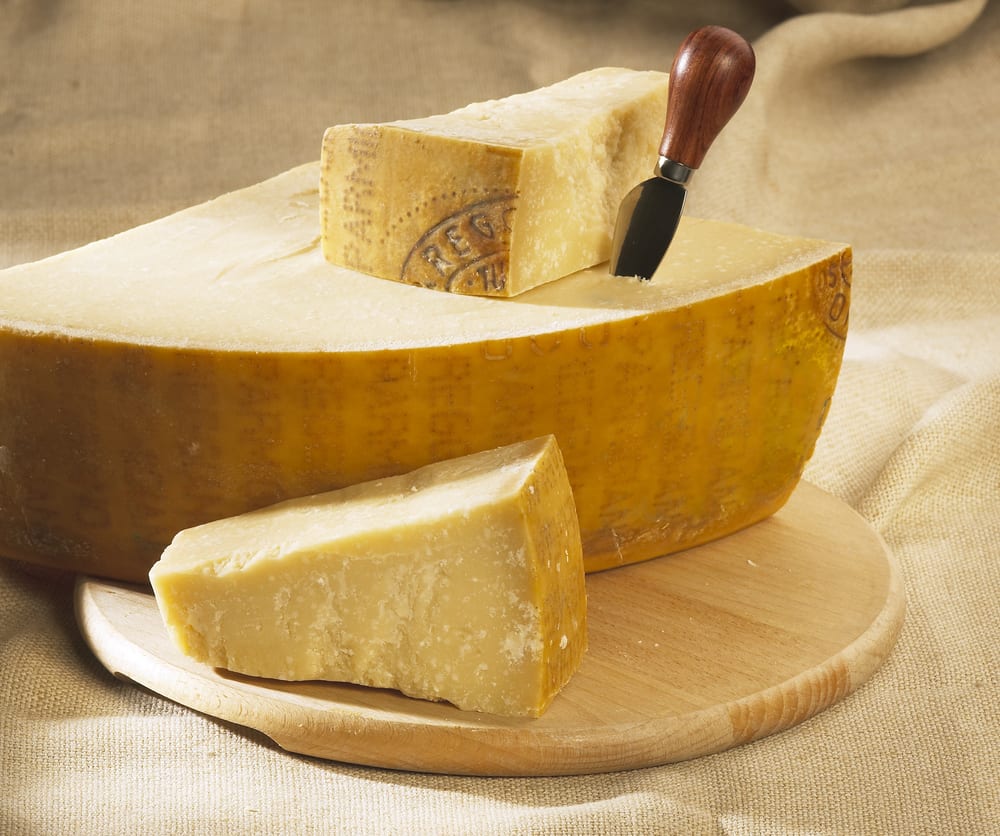
Lactose-intolerant? You might be okay with Italy’s hard, aged cheeses, like this Parmigiano-Reggiano.
For another, when cheeses are aged, the bacteria actually consumes lactose, and most lactose is in fact gone after just three months of aging. On top of that, processed cheeses have more lactose than other cheeses. So you might find you’re just fine when you eat Italy’s harder, aged cheeses, like Parmigiano-Reggiano (“parmesan”) or pecorino. Even if you can’t eat “parmesan cheese” in the States, you might be able to in Italy, after all, what’s sold as “parmesan” in the US is rarely the real thing.
If it´s only an intolerance you have and not an allergy, then why not investigate. Obviously, take it easy, have a little nibble and give it a try, and see how you fare. You might be pleasantly surprised that you can enjoy a taste of Italian cheese without the side-effects you might have if you eat cheese back home.
Suggested menu choices
If you are Vegan, Vegetarian or dairy free:
Bruschetta : A traditional antipasto, this is toasted bread rubbed with oil, garlic, and with a variety of toppings to choose from. Bruschetta al pomodoro is bruschetta with tomato, and we’ve yet to see it with any meat thrown in!
Pasta all’arrabbiata: Literally “angry pasta,” this is pasta with a spicy tomato sauce. There shouldn’t be any meat or cheese (generally, if cheese isn’t already tossed with the pasta, as in cacio e pepe, it won’t be sprinkled on after, as we do in Italian-American restaurants in the States).
Pizza: If you’re vegan or lactose-intolerant, opt for the pizza marinara, which is pizza with tomato sauce (no cheese). If you’re vegetarian, you have lots of options, the most simple of them the classic pizza margherita (tomato sauce and mozzarella). If meat’s not listed as a topping, it won’t be on the pizza. Just make sure you understand what all of the toppings are! Peperoni, by the way, isn’t “pepperoni,” but peppers.
Grilled vegetables in the contorni section: Contorni means “sides,” and this is usually where you’ll find a plethora of vegetable dishes, from grilled eggplant to roasted potatoes to boiled spinach (depending on the season).
If you have celiac disease:
Polenta: A dish made from boiled cornmeal, polenta is particularly popular in northern Italy.
Farinata: A kind of “bread” made out of chickpea flour, it’s a particularly popular snack in northern Italy and in Liguria (including the Cinque Terre).
Risotto: A rice-based dish that’s especially popular in Milan, Venice, and the north. The broth might have gluten though, so ask to be sure.
Gnocchi: How gnocchi is made can vary, so make sure you ask how it’s made. One traditional way to make it is with potato, in which case you’re good to go; sometimes, though, flour is used. Just ask.
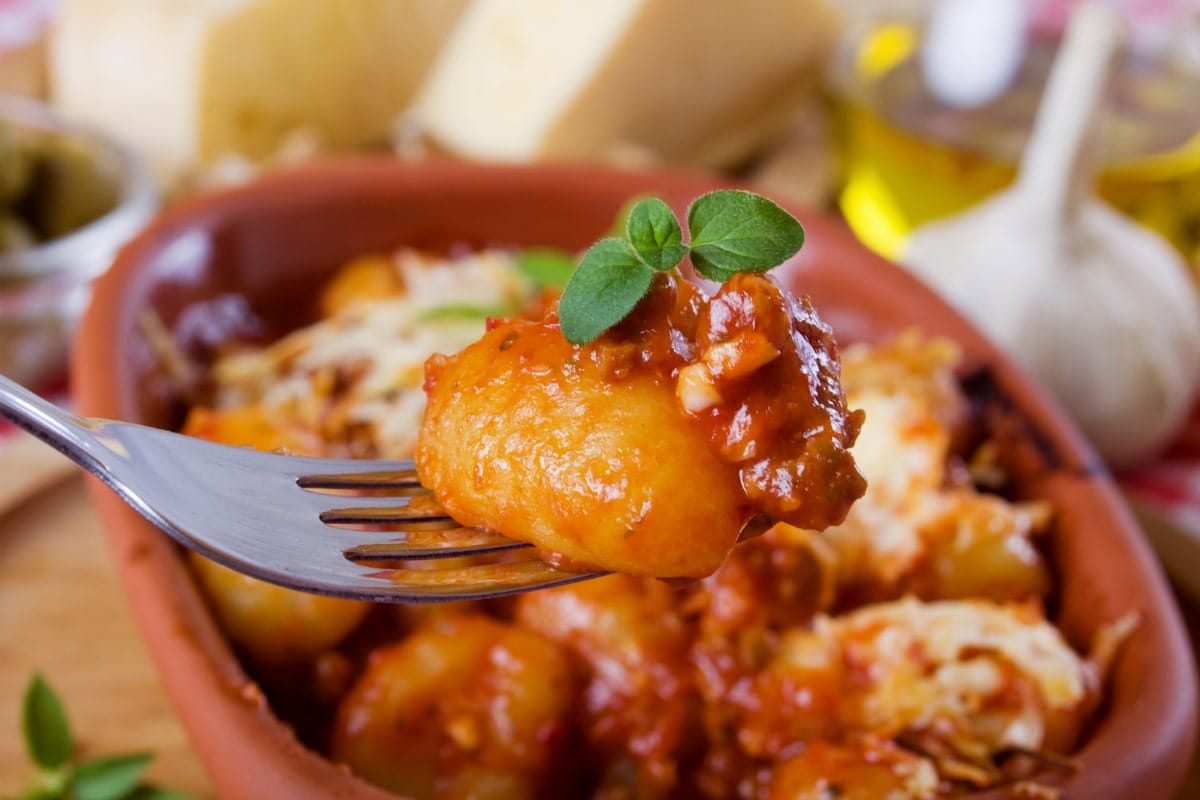
A beautiful plate of gnocchi alla Sorrentina, a popular Italian dish made with tomato sauce, mozzarella and basil.
FAQs about Eating in Italy with Dietary Restrictions
Are restaurants used to catering for allergies and intolerances?
While smaller, traditional trattorias may not always be geared up for requests based on dietary restrictions, awareness is growing rapidly in Italy, especially in larger cities. Many restaurants list allergens on menus (as required by EU law) and are happy to adapt dishes if you ask politely. In tourist areas, staff often speak enough English to understand food allergies or intolerances, especially if you mention “allergico a…” followed by the ingredient you need to avoid.
Can you find dairy-free/plant-based alternatives for coffee´s and ice-cream?
Yes, many coffee bars now offer soy (soia), oat (avena), or almond (mandorla) milk, while some gelato shops feature fruit-based or soy gelatos clearly labeled senza latte (without milk). In small towns, these options might be rarer, so it’s a good idea to bring your own dairy alternative or check menus in advance.
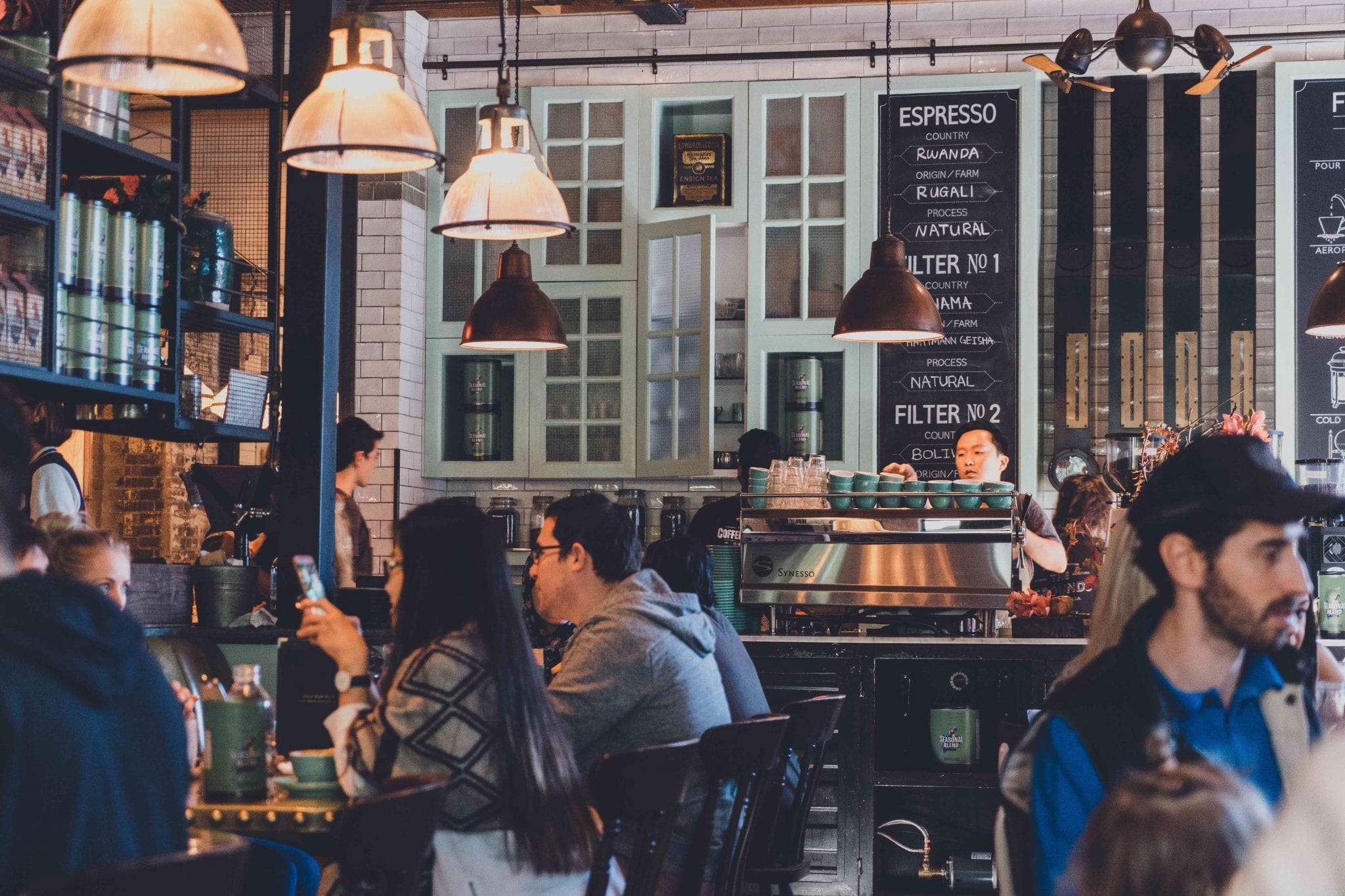
Many cafes in the bigger towns and cities will have a dairy free milk options for vegans or people with lactose intolerance
Is it expensive to eat gluten-free, vegan, or vegetarian in Italy?
Not necessarily! Many of Italy’s naturally simple dishes, like grilled vegetables, polenta, risotto, or tomato-based pastas, are already gluten-free or vegetarian without modification. Dedicated gluten-free bakeries and restaurants may cost a bit more due to special ingredients, but they’re still reasonably priced compared to other European countries.
How can I communicate dietary restrictions clearly in Italian?
It helps to carry a small card or save phrases on your phone explaining your restriction, such as:
- “Sono allergico/a a…” (I’m allergic to…)
- “Non mangio latticini” (I don’t eat dairy products)
- “Sono celiaco/a” (I have celiac disease)
- “Sono vegano/a” (I’m vegan)
Showing these phrases—or even a photo of them—to your waiter can help avoid confusion and ensure your meal is safe and enjoyable.
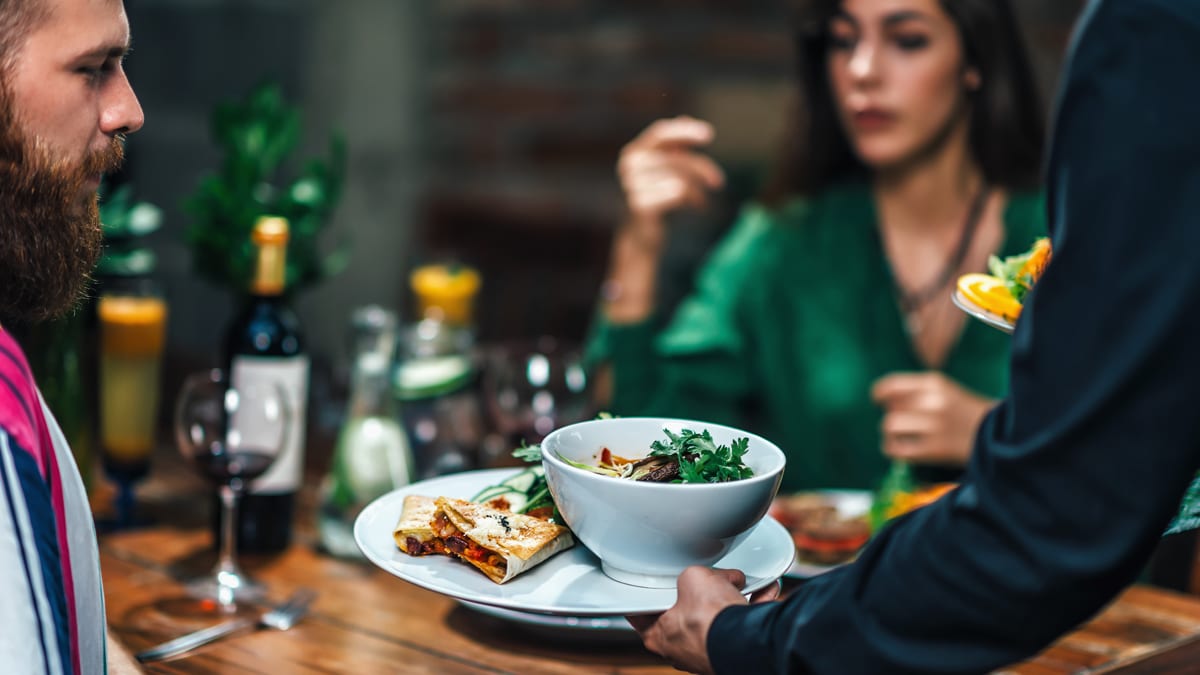
Eating out in Italy is one of the best parts of a trip, so don´t be afraid, and if you have special requirements, just ask!
Ready to roll up your sleeves and discover Italy the tasty way? Join the Gnocchi Cooking Class with Walks of Italy in Rome and learn first-hand how to cook this beloved Italian staple. You’ll not only know exactly what’s going into your dish—but you’ll also step into a local kitchen, hear stories from the chef, and experience authentic Roman culinary tradition.
by Walks of Italy
View more by Walks ›Book a Tour

Pristine Sistine - The Chapel at its Best
€89
1794 reviews
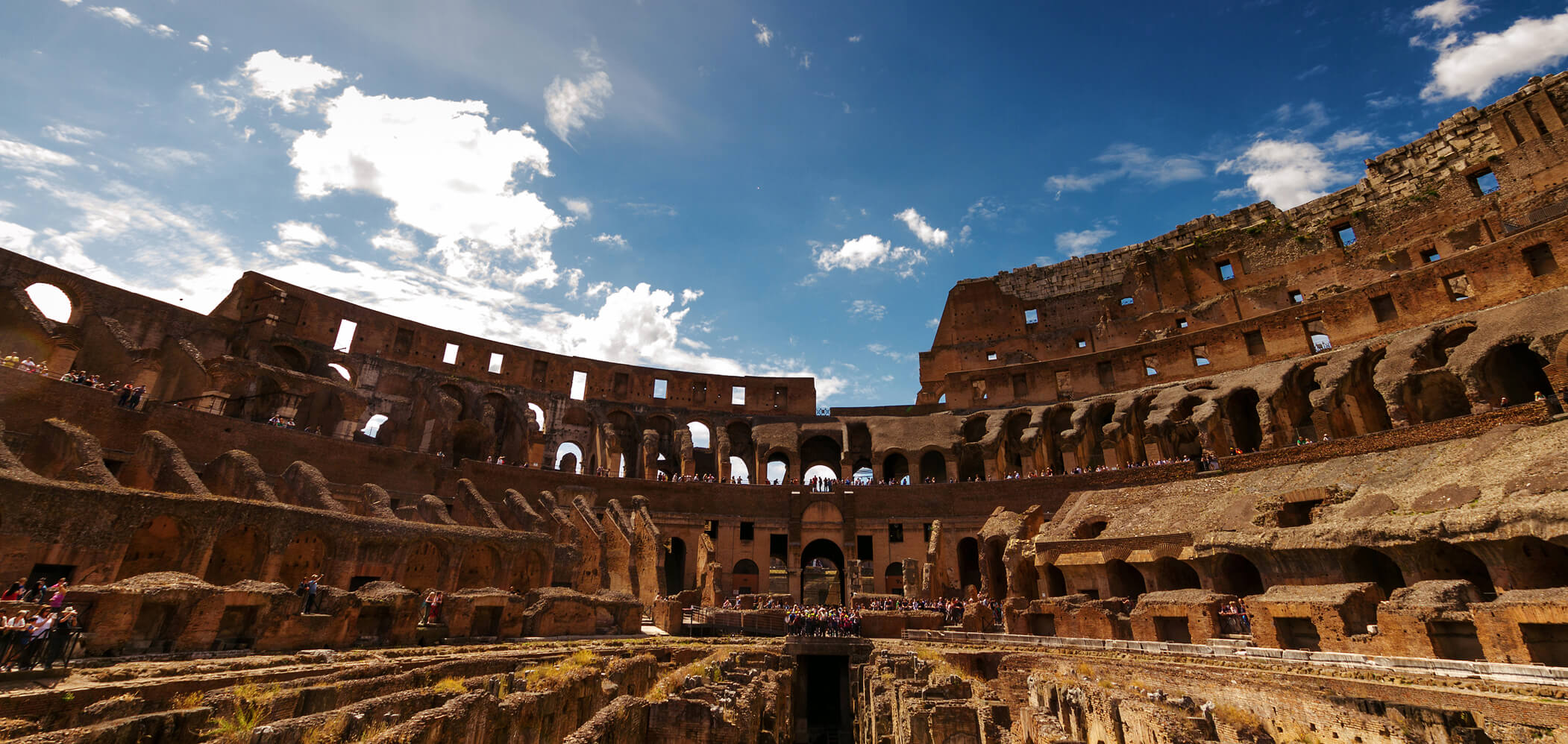
Premium Colosseum Tour with Roman Forum Palatine Hill
€56
850 reviews
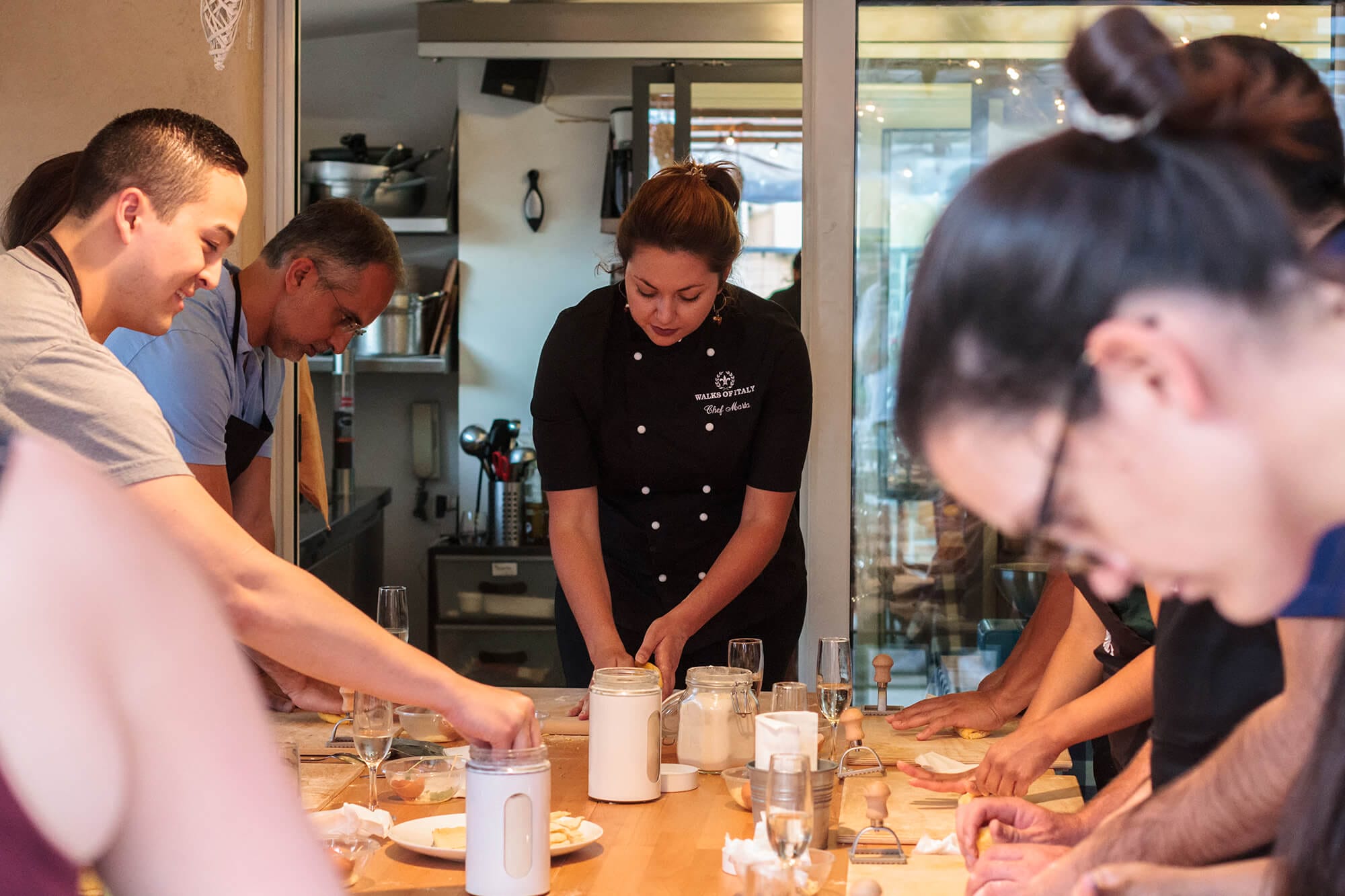
Pasta-Making Class: Cook, Dine Drink Wine with a Local Chef
€64
121 reviews

Crypts, Bones Catacombs: Underground Tour of Rome
€69
401 reviews

VIP Doge's Palace Secret Passages Tour
€79
18 reviews
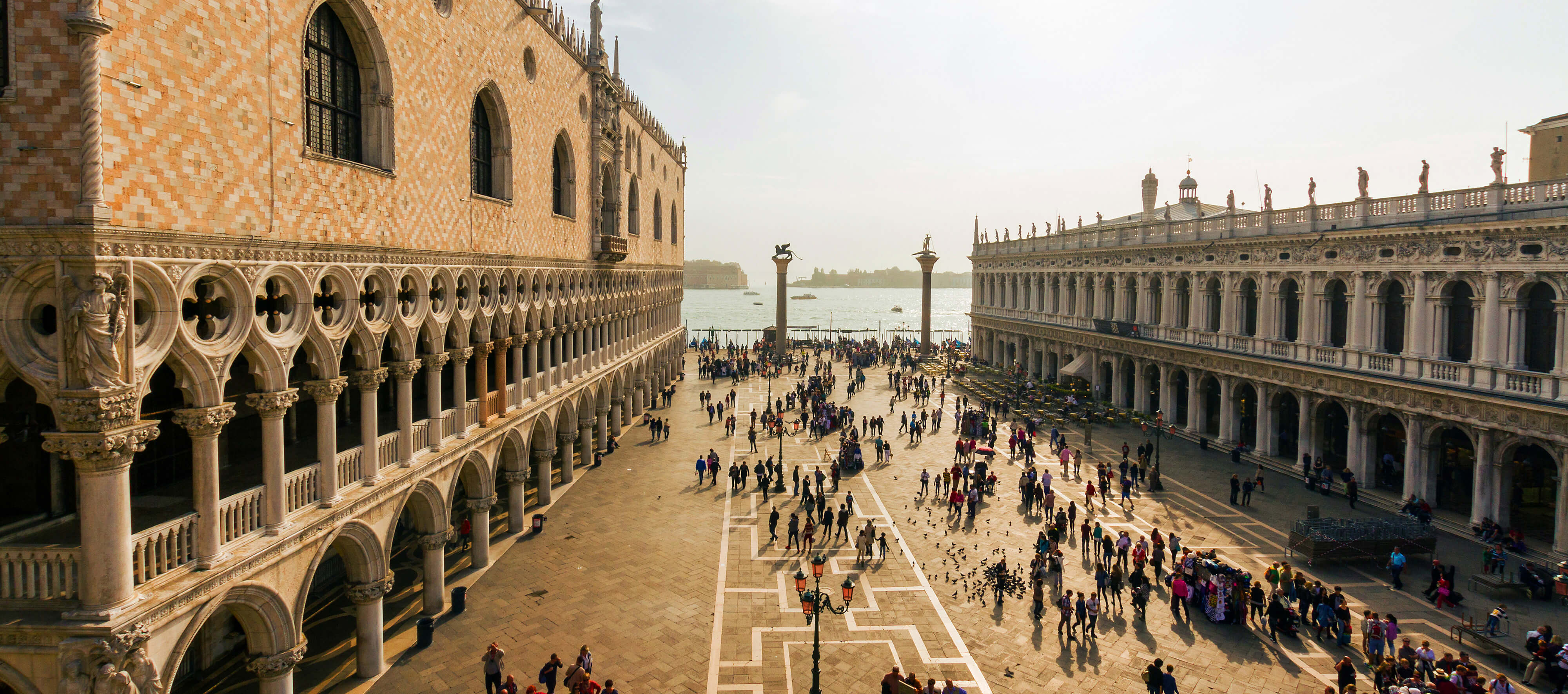
Legendary Venice: St. Mark's Basilica, Terrace Doge's Palace
€69
286 reviews
